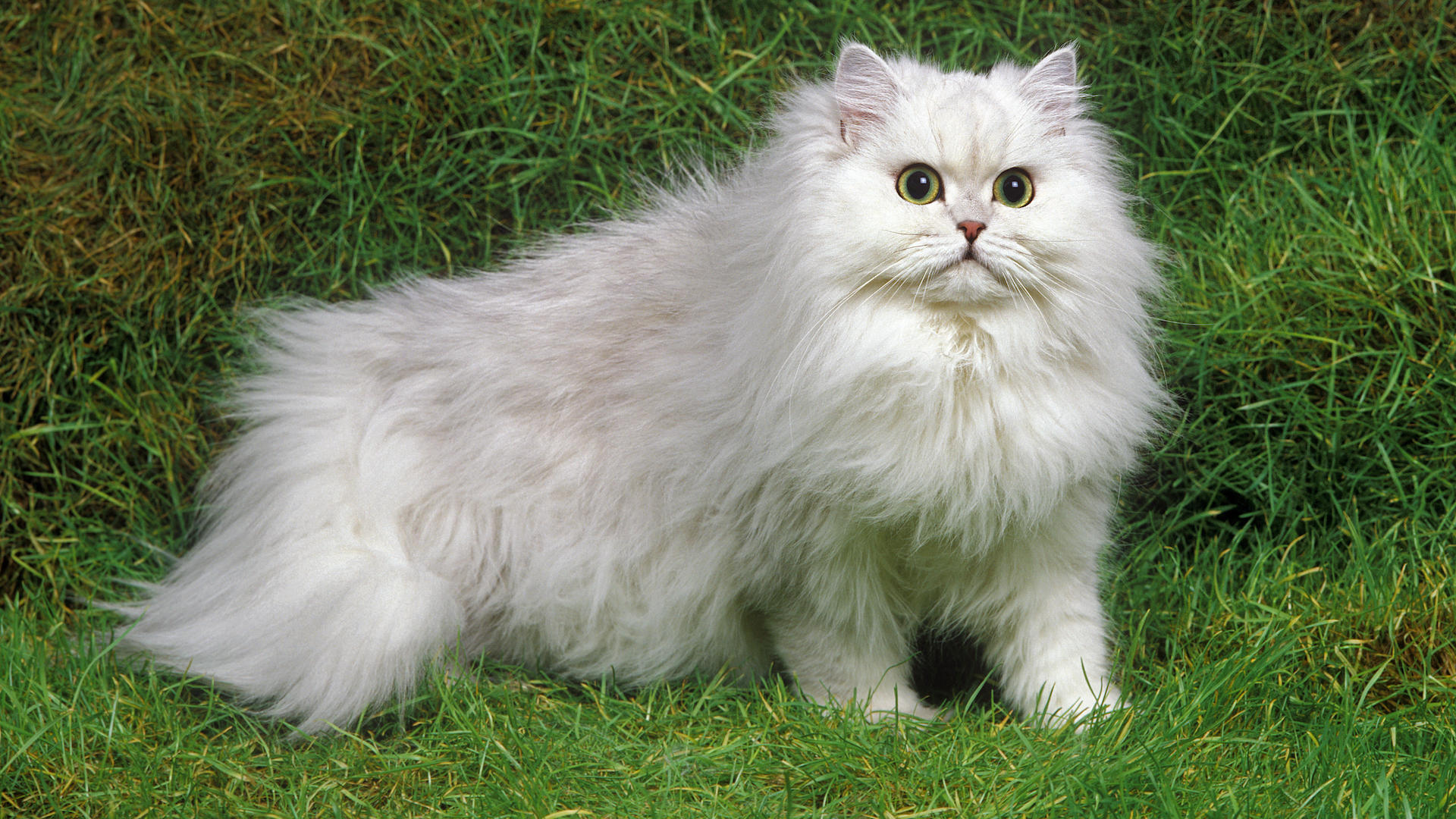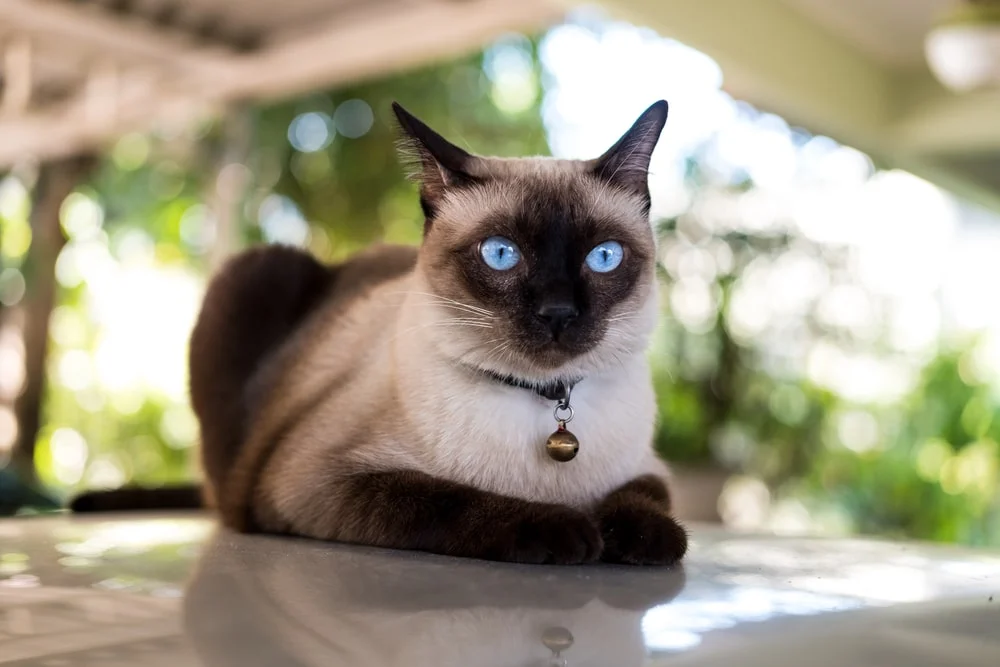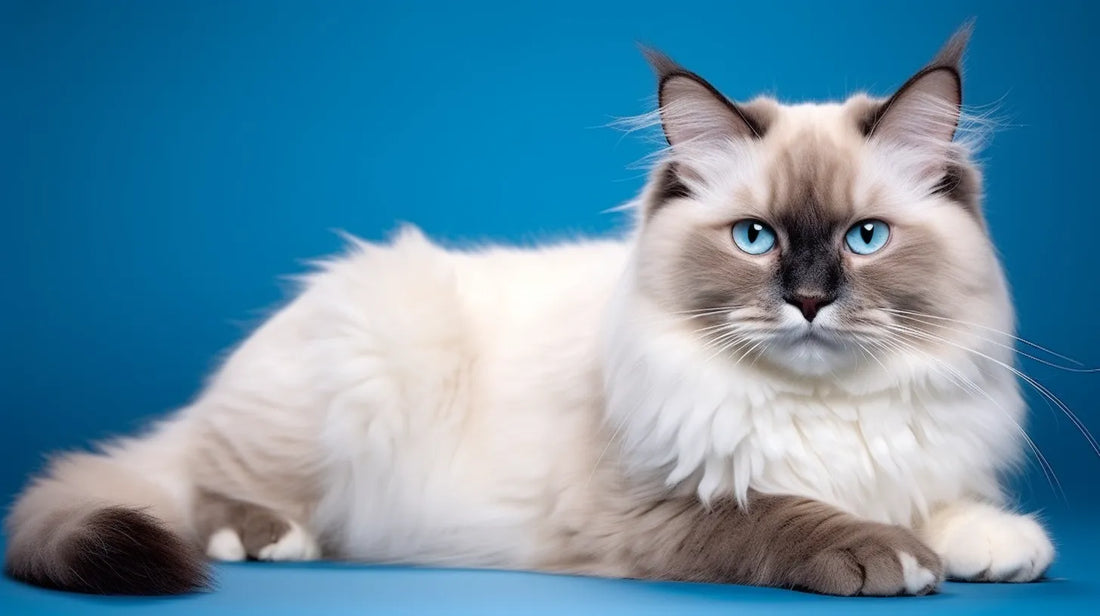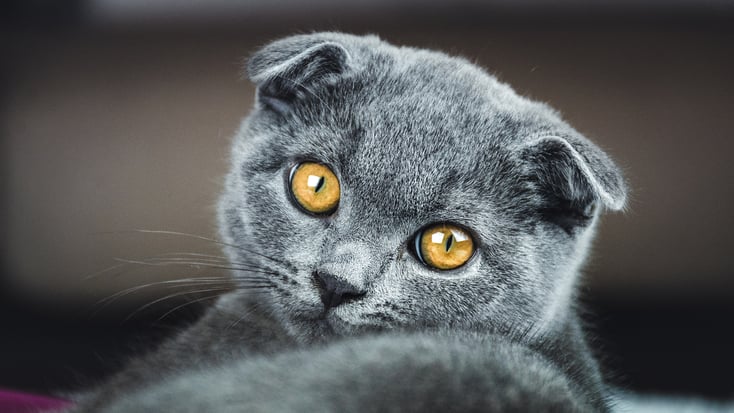Top 8 Popular Cat Breeds: How to Identify Them and Understand Their Behavior
Cats are beloved pets around the world, and with their unique personalities, they bring joy, companionship, and a bit of mystery into our homes. Each cat breed has its own distinct characteristics, both in appearance and behavior. Whether you're considering adopting a cat or simply want to learn more about your feline friend, this guide will help you identify some of the most popular cat breeds and understand their typical behaviors.
1. Persian Cat
Identification: Persians are easily recognized by their long, thick coats, round faces, and large, expressive eyes. They have a flattened face, a feature that is more prominent in show-quality Persians, and a stocky body with short legs.
Normal Behavior: Persian cats are known for their calm and affectionate nature. They enjoy a serene environment and tend to be less active than other breeds. They can be quite attached to their human family but usually prefer a quiet and peaceful space. Regular grooming is essential for Persians due to their long fur.
2. Siamese Cat
Identification: Siamese cats have a sleek, slender body, large ears, and a short coat. Their striking blue almond-shaped eyes and distinctive color points (darker fur on the ears, face, paws, and tail) set them apart.
Normal Behavior: Siamese cats are highly social and vocal. They enjoy interacting with people and are known for their "talkative" nature, often having conversations with their owners. Siamese cats are intelligent and energetic, requiring both physical and mental stimulation to stay happy.
3. Maine Coon
Identification: Maine Coons are one of the largest domestic cat breeds, with a muscular build and a thick, long, water-repellent coat. They have tufted ears, bushy tails, and a "ruff" of fur around their necks, giving them a lion-like appearance.
Normal Behavior: Despite their size, Maine Coons are gentle giants. They are friendly, playful, and good with families and other pets. Maine Coons are also known for their intelligence and are often compared to dogs in terms of their ability to be trained and their loyalty to their owners.
4. Bengal Cat
Identification: Bengal cats are known for their wild appearance, resembling miniature leopards. Their coats are short, sleek, and covered in distinctive spots or marbled patterns. Bengals have a muscular build and are medium to large in size.
Normal Behavior: Bengal cats are highly energetic and love to climb, play, and explore. They are intelligent and can even learn tricks. Due to their active nature, they require plenty of stimulation and can get bored easily if not engaged with interactive toys or activities. They are also known for their love of water.
5. Ragdoll Cat
Identification: Ragdolls are large, fluffy cats with striking blue eyes and semi-long hair. They have a soft, silky coat and often come in color-point patterns similar to Siamese cats, but they can also be bicolor or mitted (white paws).
Normal Behavior: Ragdolls are named for their tendency to go limp when picked up, like a ragdoll. They are docile, affectionate, and known for being gentle with children and other pets. Ragdolls enjoy cuddling and can be described as one of the most easygoing cat breeds.
6. Scottish Fold Cat
Identification: Scottish Folds are famous for their unique ears, which fold forward due to a genetic mutation. They have round faces, large eyes, and short to medium-length coats. Scottish Folds come in a variety of colors and patterns.
Normal Behavior: Scottish Folds are affectionate and enjoy human companionship. They are playful but not overly active, making them well-suited for quieter households. While they may enjoy attention, they are not as demanding as some other breeds. They are also known for sitting in unusual positions, like the "Buddha sit."
7. Sphynx Cat
Identification: The Sphynx is a hairless breed, although they often have a soft, peach-fuzz-like layer of down on their skin. They have large ears, wrinkled skin, and a muscular body, making them stand out from other breeds.
Normal Behavior: Despite their appearance, Sphynx cats are warm and affectionate. They are known for being attention-seeking and love cuddling with their owners to stay warm. Sphynx cats are social and enjoy playing, but they require regular skin care since they don’t have fur to absorb oils.
8. British Shorthair Cat
Identification: British Shorthairs have a round face, large round eyes, and a dense, plush coat. They have a sturdy, muscular build and come in a variety of colors, with the blue (grey) British Shorthair being particularly popular.
Normal Behavior: This breed is calm, quiet, and independent. While they enjoy human companionship, they are not overly demanding of attention. British Shorthairs are great for owners who want a more laid-back cat that is content to relax at home.
How to Identify Your Cat’s Breed
If you're unsure of your cat's breed, here are some key steps to help you identify it:
Observe Physical Characteristics: Look at the body size, coat length, color patterns, and eye color. Certain breeds have specific physical traits, such as the folded ears of a Scottish Fold or the large size of a Maine Coon.
Check for Distinctive Markings: Many breeds, like the Bengal or Siamese, have unique markings such as spots, stripes, or color points.
Consider Personality Traits: Each breed has its own typical behavior patterns. Is your cat highly vocal like a Siamese, or laid-back like a Ragdoll? Behavior can provide clues to breed identification.
Consult a Veterinarian or Genetic Test: If you're still unsure, a vet or a cat genetic testing kit can help determine your cat's breed with more accuracy.
Understanding Normal Cat Behavior
Regardless of breed, cats have some universal behaviors that are important to recognize:
- Scratching: Cats scratch to mark territory, stretch, and keep their claws sharp. Providing scratching posts can prevent damage to furniture.
- Kneading: Cats knead with their paws as a sign of comfort, a behavior linked to kittenhood.
- Purring: Purring often indicates contentment, but it can also be a sign of self-soothing if the cat is in pain or stressed.
- Hunting Instincts: Even domesticated cats retain strong hunting instincts. Providing interactive toys helps satisfy this natural behavior.
- Grooming: Cats are naturally clean animals and will spend a lot of time grooming themselves. Regular grooming is especially important for long-haired breeds to prevent mats and tangles.



:strip_icc()/GettyImages-1189893683-e0ff70596b3b4f0687ba573e5a671f74.jpg)






Comments
Post a Comment